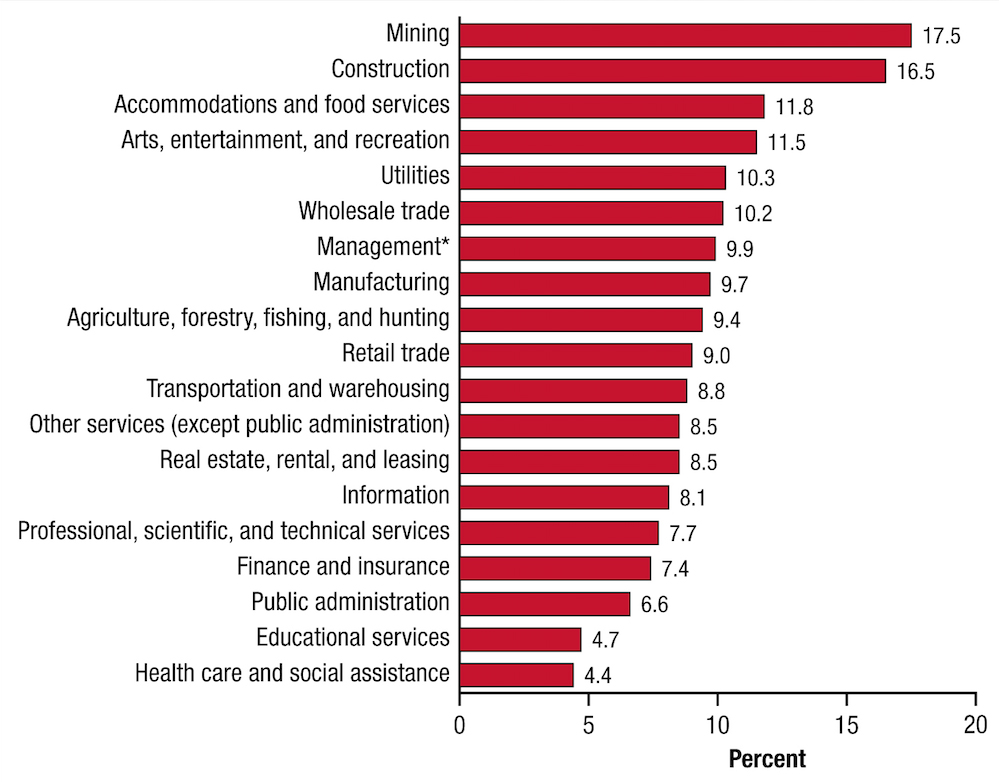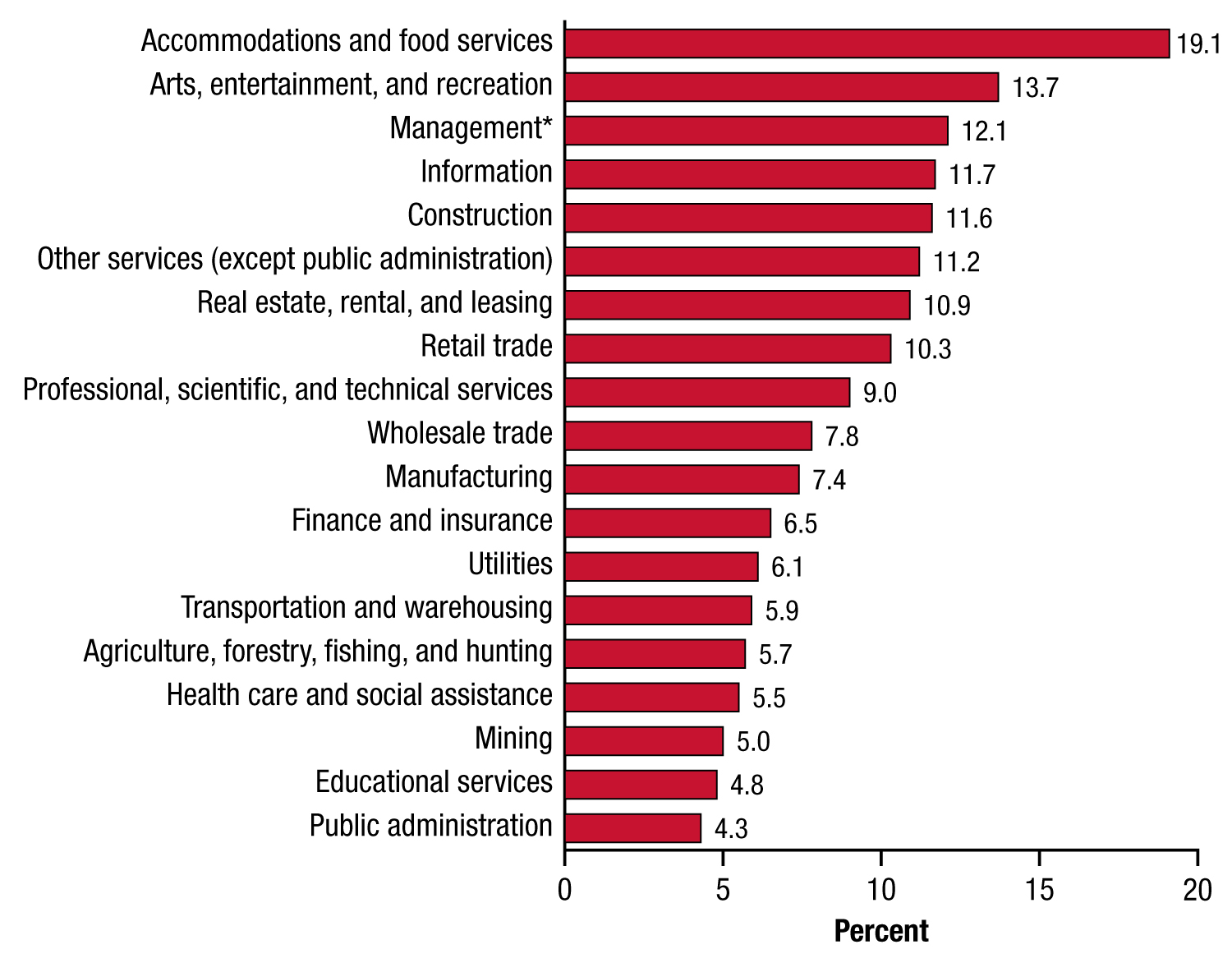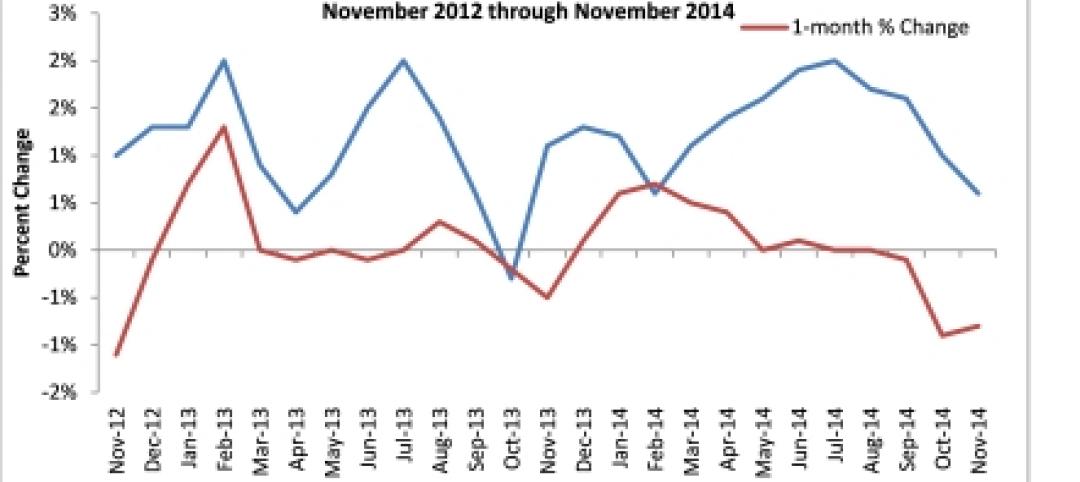Employees of the construction industry ranked second for drinking heavily, and fifth for drug abuse, says a new study by the Substance Abuse and Mental Health Services Administration.
On The Washington Post’s Wonkblog, drug policy reporter Christopher Ingraham writes that drug abuse, including alcohol consumption, costs the U.S. economy billions of dollars in lost productivity annually.
Data show that among the industries with the heaviest drinkers, miners topped the list, with 18% of miners reported “drinking five or more drinks on the same occasion (i.e., at the same time or within a couple of hours of each other) on five or more days in the past 30 days.” Construction workers followed closely at 17%.
Ingraham writes that variation among drug abuse and alcohol consumption across industries does not necessarily have a direct influence with the nature of work. Instead, it has more to do with the types of people who work in them.
“For instance, we know that men drink and do drugs more heavily than women,” he writes. “The researchers write that one reason miners drink so much is that miners tend to be young and male. Construction workers, on the other hand, showed abnormally high heavy drinking rates even after controlling for age and gender.”
The graphs below, by The Substance Abuse and Mental Health Services Administration, show the percentage of drug and alcohol abuse by job.
Percentage of employees who drink heavily:

Percentage of employees who use illicit drugs:

Read more on the latest report on the Substance Abuse and Mental Health Services Administration website.
Related Stories
| Jan 16, 2015
Artsy lifeguard stations will brighten Toronto’s snowy beach
Five winning designs have been unveiled for lifeguard stands that will double as public space art installations on Toronto's beach.
| Jan 16, 2015
New York City construction costs continue to climb
A study released by the New York Building Congress shows that construction costs in Manhattan have risen 5% in each of the last two years.
| Jan 15, 2015
A reconstructed Taliesin West is the largest Frank Lloyd Wright LEGO Model [slideshow]
Artist Adam Reed Tucker used 180,000 LEGO pieces and 420 hours of work to recreate Frank Lloyd Wright's Taliesin West campus.
| Jan 15, 2015
Construction materials prices fall in November
Construction input prices dipped 1.4% during the final month of 2014 and are down nearly 1% on a year-over-year basis, according to the Jan. 15 producer price index release from the U.S. Department of Labor.
| Jan 15, 2015
Libeskind unveils 'zig zag' plan for recreational center near Vilnius ski area
Perched on the highest peak between Vilnius' historic quarter and downtown, the Vilnius Beacon will be a hub for visiting skiers and outdoor enthusiasts.
| Jan 14, 2015
10 change management practices that can ease workplace moves
No matter the level of complexity, workplace change can be a challenge for your client's employees. VOA's Angie Lee breaks down the process of moving offices as efficiently as possible, from creating a "change team" to hosting hard-hat tours.
| Jan 13, 2015
Steven Holl unveils design for $450 million redevelopment of Houston's Museum of Fine Arts
Holl designed the campus’ north side to be a pedestrian-centered cultural hub on a lively landscape with ample underground parking.
| Jan 9, 2015
Santiago Calatrava talks with BBC about St. Nicholas Church on Ground Zero
Calatrava reveals that he wanted to retain the “tiny home” feel of the original church building that was destroyed with the twin towers on 9/11.
| Jan 9, 2015
Nonresidential construction hiring surges in December 2014
The U.S. construction industry added 48,000 jobs in December, including 22,800 jobs in nonresidential construction, according to the Bureau of Labor Statistics preliminary estimate released Jan. 9.
| Jan 9, 2015
10 surprising lessons Perkins+Will has learned about workplace projects
P+W's Janice Barnes shares some of most unexpected lessons from her firm's work on office design projects, including the importance of post-occupancy evaluations and having a cohesive transition strategy for workers.

















